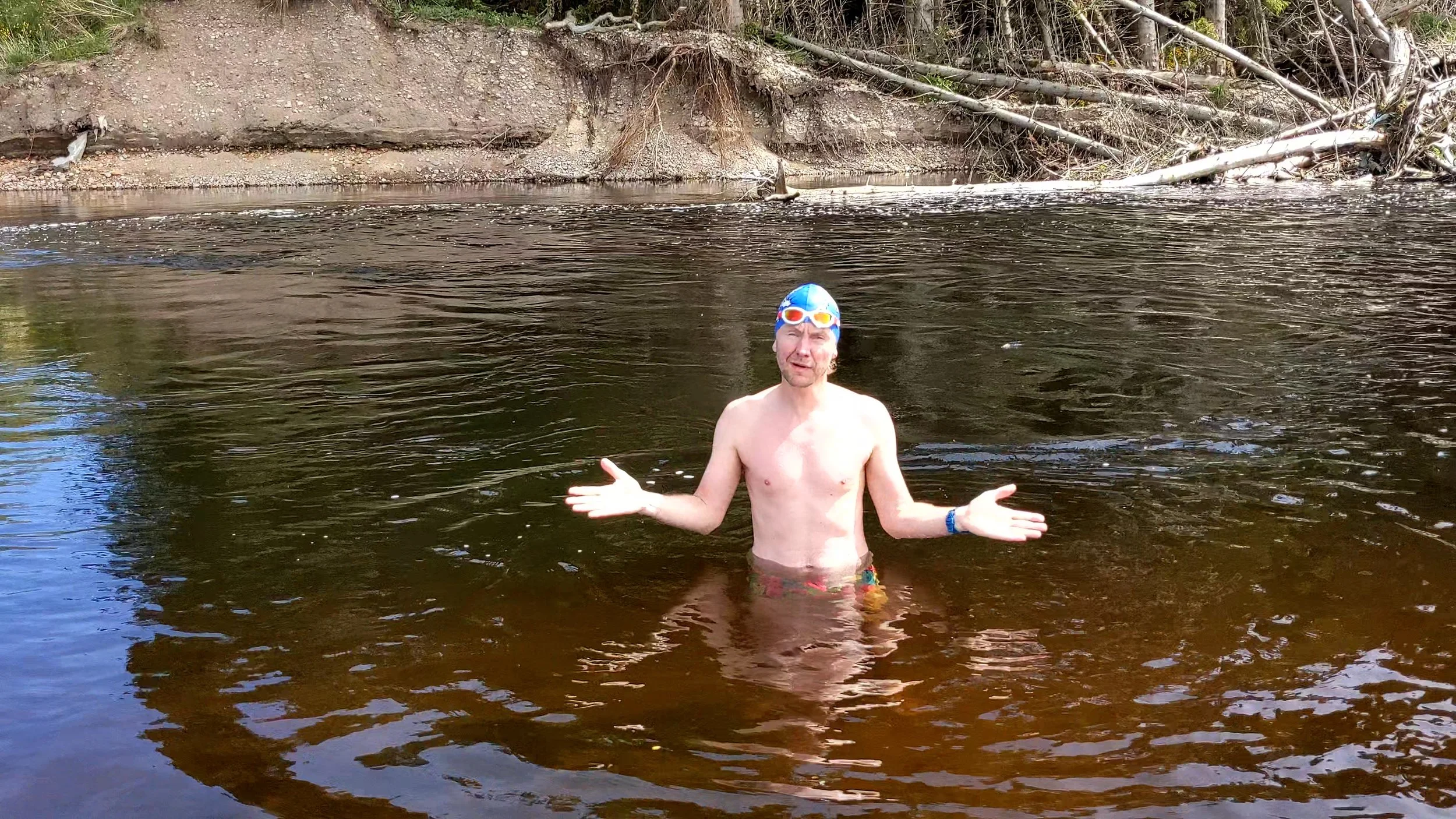How to swim in open water
If you are a pool swimmer or have been dipping outdoors through the winter you might think you are ready for a summer of open water swimming. But distance swimming in the open water is a different kettle of fish to cold water dipping or ploughing up and down your local indoor pool. Both will help you prepare for a summer outdoors, but here are a few extra skills to practise to help you get the most of your upcoming outdoor swim adventures.
Breathing
To swim distances in the open water you are aiming to have an efficient and adaptable front crawl stroke. Breathe on the side you find most comfortable, but being able to breathe bilaterally (on both sides) is a useful skill to have. If waves are breaking on one side of your head, or the sun is shining brightly to one side, you will be more comfortable if you can switch your breathing to avoid swallowing large amounts of water or being blinded.
Sighting
There is no black line below you in the open water – and, even if there was, chances are the water would be too murky to be able to see it. So how do you know where you are going?
‘Sighting’ is the skill of sneaking a glimpse of where you are swimming to. Sight on a point in the direction where you are going (top tip: sight on something large and immoveable. A mountain peak, building or tree top is easier to sight on than a swim buoy). Then lift your head just enough that your eyes clear the water (think ‘crocodile eyes’). If you lift your head too high your legs will sink and you will lose speed. As you become more advanced you can incorporate sighting with taking a side breath. Your aim is not to break the rhythm of your stroke.
Treading water
There is no ‘end of the lane’ in the open water so you need to know you can safely stop in deep water. A wetsuit will make you more buoyant but being able to tread water is an essential life skill. Practise in the deep end of your local pool so you are confident of being able to stop and hang out in the middle of a lake.
Swimming with others
If you have entered a summer event – be it a race or swim retreat – you need to get used to swimming in close proximity to others. Drafting is another useful skill to have, even if you are not racing. Drafting is swimming in the slipstream of another swimmer and means you have to work less – useful on a group swim if you are feeling a bit tired. Swim as close as possible behind another swimmer, right on their heels, to get the full effect; or sit on their hip, your head level with their belly button.
Calm down your kicking
The majority of propulsion in front crawl comes from the arms so calm down your kick! Unless you are sprinting short distances aim for a gentle 2- or 4-beat kick.
Fitness
If you want to swim distances over the summer (whether that be a mile or 10k) you are going to have to do some swimming training. A structured training plan of speed, distance, technique and fitness sessions is most easily carried out in a pool until the open water has warmed up.
Water temperature and swimming
If you’re used to pools at over 20 degrees then there’s an immediate shock when you start outdoors. Temperatures in the low teens are the norm and this can be a bit of a shock to the system. So you might want to read our next guide on water temperature and swimming outdoors in that glorious onchlorinted, fresh but also unheated water…

